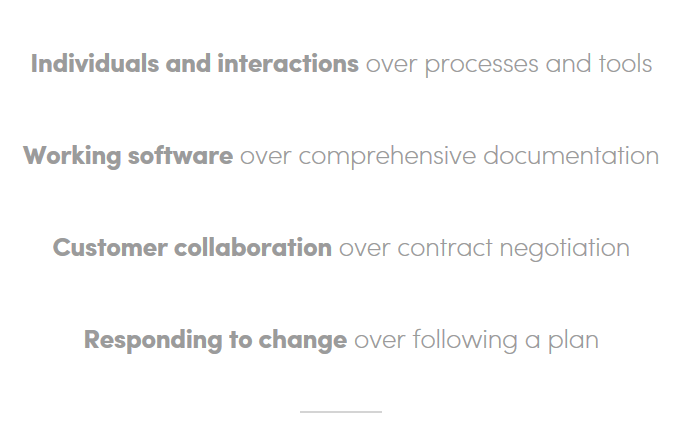Having grown into a midsize business, you might have found challenges in managing the number of projects and maintaining the teamwork rate at a highly professional level. Already missed a bug, had to start the job with no warning, and exceeded the delivery date? One of the most durable solutions to sort out these issues is to adopt e-Kanban.
How E-Kanban Works:
E-Kanban involves an improved management technique, which is aimed at making the software development process more efficient and quick to advance. Its primary target is to deliver ready-made outputs continually without requiring the teams to overwork.
The tool is based on 3 fundamental principles:
- Deliver a picture of the current state of affairs or visualize a working process;
- Confirm the average amount of teamwork in progress;
- Build up a stable working process.
As this is decision-making software that is related to what-how-when outputs production, the service has proved to be one of the best agile methods of managing IT development teams and projects.
E-Kanban meets the 4 main ‘agile manifesto’s’ demands:

Multiple types of team-management software have already filled the internet. E-Kanban’s visual work-administration board represents sticky-task notes organized into subject-matter columns, displayed on your computer screen in a real-time regime.
| Personal | Time-driven | Team |
| Being a midsize business owner / manager you need a lean time-management system; | If your business needs a more transparent picture of future goals, the time-driven board will perform the best; | Often the plan is the most urgent business need for a midsize business team, such as a software development team; |
| The type of board includes 3 main columns:
– To do; – Doing; – Done stages.
|
As well as a personal package, the board is organized into 3 major columns:
– Future (this week, tomorrow, etc.); – In progress; – Done lists.
|
The model includes as many sections as you need. A typical format consists of six columns:
– Backlog; – Ready; – Coding; – Testing; – Approval; – Done columns. |
| All your business tasks primarily placed in the left column are to be continually transferred into the right one, which means you’ve obtained the desired result. | While running e-Kanban for business tasks, it saves considerable time to use the same tool instead of an old-style calendar. | With the possibility to organize as many sections as you wish, you are more likely to deal with all production stages including ‘costs control’. |
Costs Control and Other E-Kanban’s Goodies
e-Kanban gives greater insight and control over the following:
Cost savings are the result of a well-managed agile model for midsize software business production. The e-Kanban tool facilitates the balanced establishment of efficiency, speed, and quality business performance:
Over-development, which is possible due to small-sized tasks aimed at one particular goal and or tasked to one particular team member. It also eliminates the risks of missing deadlines, spending too much time on individual tasks, as well as cost overruns.
Activities without profit are another key moment when expenses or savings are at stake. Reams of insufficient documentation collected before the development set-out add extra costs, which adversely affect cash, assets, and turnover.
Technical debts. The sooner a ‘done’ task bag is fixed, the lesser the fear of deep technical debt involvement will be.
Ill-defined re-working. Having fulfilled a long-term order, you can come across negative customer feedback, which sometimes imply that software re-working is needed from the off. With e-Kanban you can send a step-by-step report on work performed, while eliminating the risks.
Missing delivery dates. Unlike the old-world waterfall model, e-Kanban allows for shorter-term commitments with a clear aim-per-task specification, which enables employees’ work to be estimated more scrupulously.
Continuous improvement. Reflection on a team’s development or analysis of its work is a key driving-force within an effective business. Having explored the viability of such cost-driven factors as efficiency, speed, and quality, you can see some team’s operations that have already passed to an automated state. Realization of the automating activities and new tasks setting will inevitably propel your team to the next level.
All told, who knows what the future holds? Perhaps, e-Kanban adoption is the key to sizeable growth.

Founder
Hey! Welcome to our blog!
The topics we cover include IoT, AR/VR, related news, and our projects.If you’d
like to discuss an article, please
messsage
me on LinkedIn
Related Posts
View All
We are open to seeing your business needs and determining the best solution. Complete this form, and receive a free personalized proposal from your dedicated manager.

Sergei Vardomatski
Founder




